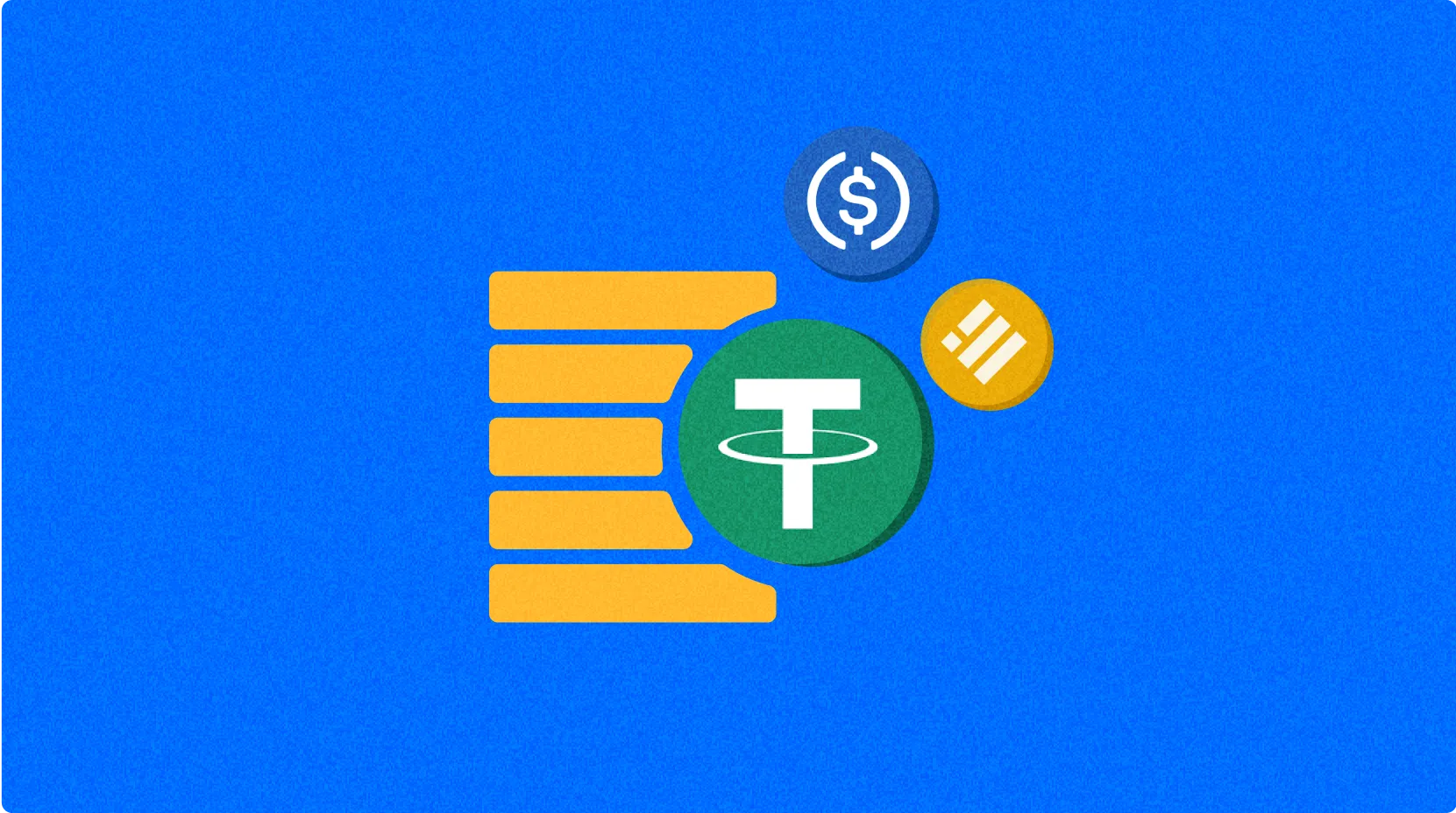Define Amalgamation

Amalgamation is a common form of corporate restructuring in the crypto space, referring to the process where two or more companies combine to form a single entity. In the blockchain and cryptocurrency ecosystem, amalgamations have become increasingly prevalent as the industry matures, representing an important means of market consolidation and resource optimization. Amalgamation is not merely a simple combination of companies, but a complex process involving integration of technology stacks, fusion of token economic models, and restructuring of community governance frameworks. This strategic decision typically aims to enhance market competitiveness, expand user base, or achieve technological synergies.
The origin of amalgamations can be traced back to traditional financial markets, while in the blockchain domain, early cases of mergers began during the initial maturation phase of the crypto market in 2017-2018. As the number of blockchain projects proliferated, the market naturally began seeking efficiency and economies of scale, prompting projects with similar strengths or complementary capabilities to consider resource integration. Especially during bear market cycles, amalgamation became a key survival strategy for many projects, reducing operational costs, enhancing technical capabilities, and maintaining community vitality through consolidation.
In the blockchain domain, the operational mechanism of amalgamation possesses unique characteristics. At the technical level, amalgamation may involve integration of codebases, merging of blockchain networks, or complex technical operations such as cross-chain bridging; at the token economy level, it typically requires designing token swap mechanisms, lock-up periods, and new tokenomic models; at the governance level, it necessitates coordination of decision-making mechanisms across different communities, potentially adopting dual-layer governance structures or completely reconstructing the governance framework. Unlike traditional corporate acquisitions, crypto project amalgamations place greater emphasis on Decentralized Autonomous Organization (DAO) voting, protection of token holder interests, and rational integration of open-source codebases.
Despite the numerous benefits amalgamation can bring, there are significant risks and challenges involved. First are technical risks, where integration of different codebases may introduce security vulnerabilities or compatibility issues; second are regulatory risks, as the merged entity may face more complex compliance requirements in an increasingly stringent global regulatory environment; third are community risks, where original community members might leave due to dissatisfaction with the merger decision; finally, there are tokenomic risks, where token swap ratios and changes in circulating supply could lead to price volatility and investor losses. These challenges demand that the amalgamation process be transparent, fair, and guided by clear technical roadmaps and governance transition plans.
The importance of amalgamation in the blockchain industry is self-evident, representing a necessary path toward industry maturation. Through organic integration between quality projects, resource waste and duplicate construction can be avoided, concentrating efforts on solving genuine technical challenges and use cases. As the crypto market continues to experience cyclical fluctuations, amalgamation will persist as a crucial mechanism for market self-regulation, eliminating inefficient projects while strengthening viable solutions. For the entire blockchain ecosystem, rational amalgamation activities ultimately promote technical standard unification, user experience improvement, and broader mainstream adoption.
Share
Related Articles

Reflections on Ethereum Governance Following the 3074 Saga

Gate Research: BTC Breaks $100K Milestone, November Crypto Trading Volume Exceeds $10 Trillion For First Time
